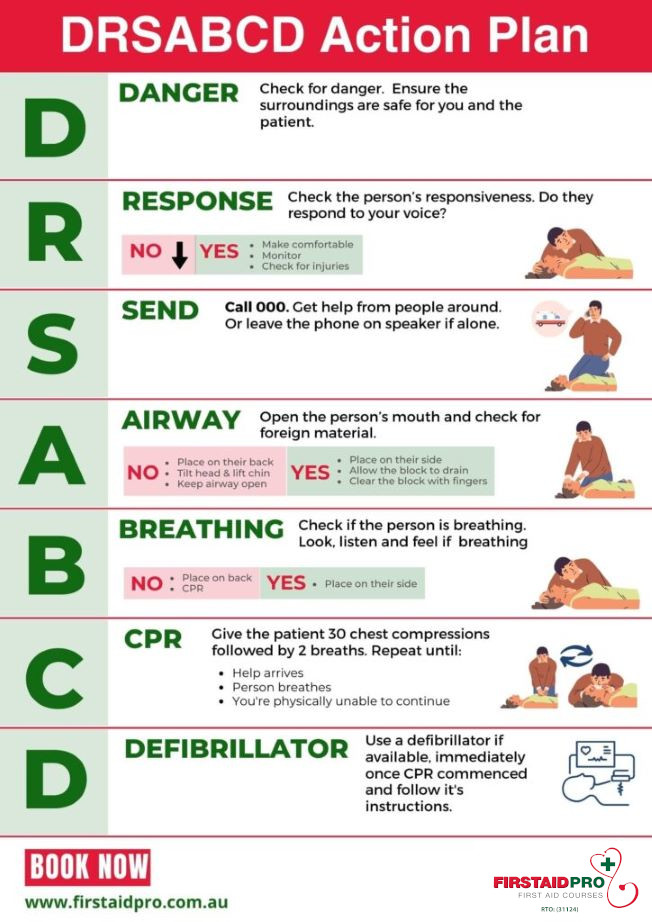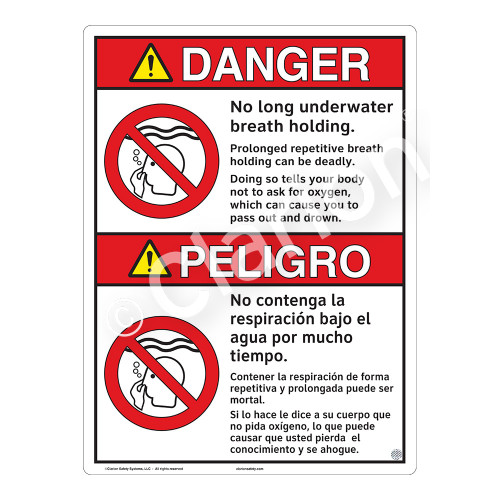My Experience with Safe Breath Play
Okay, so I wanted to share something a bit personal today, something I explored carefully. It’s about breath play, and right off the bat, I gotta stress the safe part. Seriously, this isn’t something to mess around with lightly. For me, it was about exploring trust and sensation, but the groundwork had to be solid.

First things first, preparation was key. This wasn’t a spur-of-the-moment thing. We spent a lot of time just talking. What were the boundaries? What felt okay, what was absolutely off-limits? We agreed on very clear signals. A specific word, and also a hand signal – something easy to do even if you can’t talk. We practiced the signals beforehand, made sure we both understood them instantly. No ambiguity allowed. We decided to keep it super simple, just using hands, nothing else. And crucially, we agreed to stop immediately if either of us felt unsure, for any reason at all, no questions asked.
Setting Up and Starting Slow
We picked a time when we were both relaxed, no stress, no rush. Made sure the environment was calm. Before we even started, we did a check-in. How are you feeling? Ready? Comfortable? We confirmed the signals one last time. The whole point was feeling secure.
We started really slow. Like, incredibly slow. Just the feeling of hands near the face, then lightly covering the mouth for literally a second or two. Constant eye contact was important. Checking in non-verbally all the time. Are you okay? A nod. A squeeze of the hand. It was more about the anticipation and the trust than anything else.
- We kept sessions extremely short.
- Focus was on the sensation, the connection.
- Constant awareness of the partner’s state was paramount.
There was one moment where my partner used the hand signal. Instantly, everything stopped. Hands away immediately. Took a few deep breaths. Checked in verbally. “You okay?” “Yeah, just needed a pause.” And that was it. No pressure to continue, just reassurance. That moment was actually really important. It proved the system worked, that the safety plan wasn’t just talk.
Reflecting on the Practice
Afterwards, we always talked about it. How did it feel? Was anything uncomfortable? What worked, what didn’t? This aftercare, the communication, was just as important as the preparation. It reinforced the trust.

For me, the whole experience was less about the physical act itself and more about the deep trust and communication required to even attempt something like this safely. It’s a powerful reminder of vulnerability and responsibility. It’s definitely not for everyone, and I can’t stress enough how vital the safety rules are. Clear communication, established signals, starting slow, and the absolute power to stop at any moment – without these, it’s just not worth the risk. That’s my honest take on it, based on my own careful steps.
